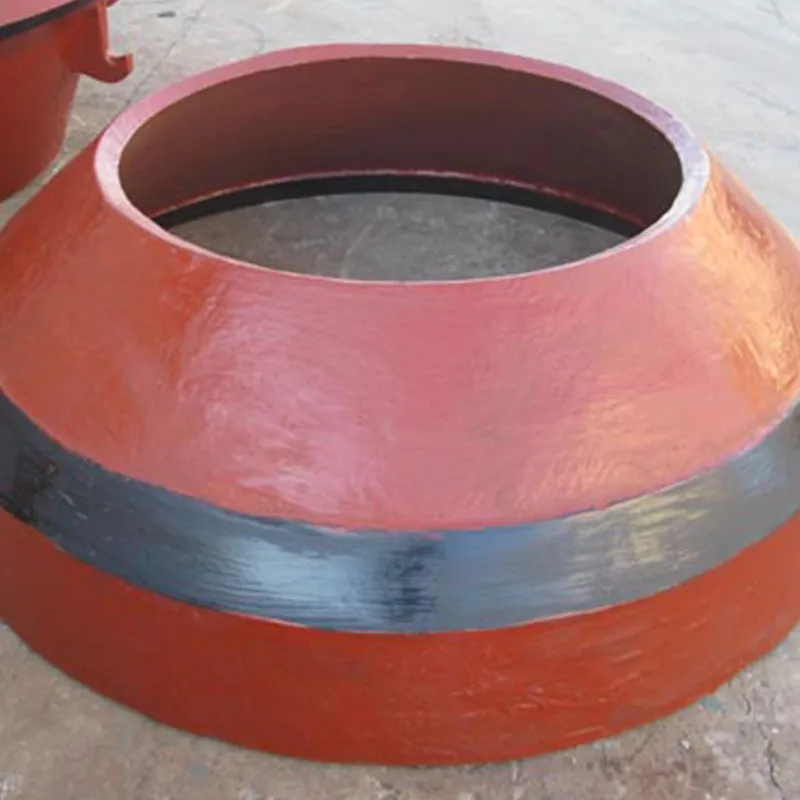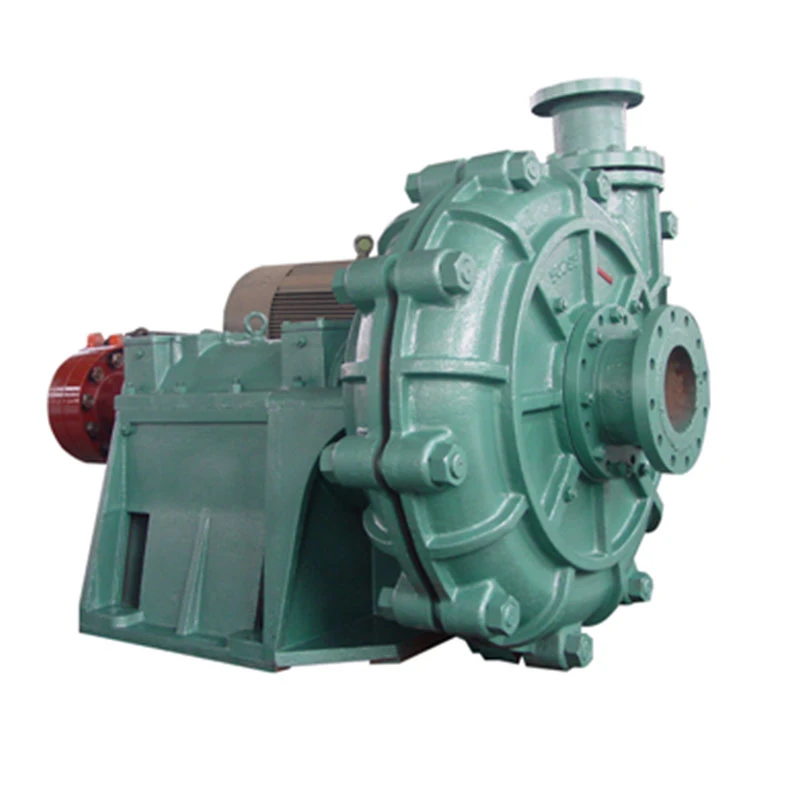- Afrikaans
- Albanian
- Amharic
- Arabic
- Armenian
- Azerbaijani
- Basque
- Bengali
- China
- China (Taiwan)
- Czech
- Danish
- Dutch
- English
- French
- German
- Greek
- Gujarati
- Haitian Creole
- hausa
- Miao
- Hungarian
- igbo
- Indonesian
- Italian
- Japanese
- Javanese
- Rwandese
- Korean
- Kyrgyz
- Lao
- Lithuanian
- Luxembourgish
- Macedonian
- Malgashi
- Malay
- Mongolian
- Myanmar
- Nepali
- Norwegian
- Persian
- Polish
- Portuguese
- Punjabi
- Russian
- Spanish
- Swahili
- Swedish
- Telugu
- Vietnamese
Feb . 10, 2025 09:39 Back to list
centrifugal pump shaft material


While high-performance materials like duplex stainless steel or titanium offer excellent attributes, they come at a premium cost. The decision should balance initial investment against the long-term savings from reduced downtime, maintenance, and enhanced pump lifespan. It’s imperative to conduct a cost-benefit analysis tailored to the specific application needs. 4. Manufacturing Considerations Manufacturing techniques influence the final properties of the pump shaft. Precision casting, forging, or machining methods can alter material properties such as strength, surface finish, and wear resistance. Selecting a material that responds well to these processes ensures the integrity of the shaft and, consequently, the entire pump system. 5. Real-World Applications and Case Studies Learning from industry case studies where specific materials were chosen based on their success can offer valuable insights. For example, oil refineries often opt for nickel alloys due to their proven track record in handling sour gas conditions without succumbing to embrittlement or corrosion. 6. Regulatory and Compliance Standards Adherence to industry standards and regulations is non-negotiable. Materials must meet specific criteria set by organizations such as the American Society of Mechanical Engineers (ASME) or the American Petroleum Institute (API). Ensuring compliance not only safeguards against legal repercussions but also assures stakeholders of the pump’s reliability and safety. 7. Future Innovations and Trends Looking forward, advancements in material science are paving the way for composites and nano-materials that promise even higher performance. These emerging materials, though still in developmental stages, could offer revolutionary changes in the way pump shafts are crafted and applied, combining lightweight characteristics with unparalleled durability. In conclusion, the material selection for a centrifugal pump shaft is a critical decision that impacts performance, durability, and cost-effectiveness. By considering environmental conditions, balancing cost with performance, examining manufacturing methods, and adhering to regulatory standards, businesses can enhance their centrifugal pumps’ lifespan and reliability. Staying informed on industry practices and emerging material technologies will ensure optimal shaft material selection and pump operation.
-
Low-Cost Borehole Drilling Machine for Small-Scale Projects
NewsJul.11,2025
-
Carbide Bullet Teeth for Abrasive Formations: Powering Industrial Drilling Efficiency
NewsJul.11,2025
-
Advantages of Down-the-Hole Drill Bits in Geothermal Projects
NewsJul.11,2025
-
Hole Hammer Use in Water Well Drilling
NewsJul.11,2025
-
Benefits of a Mobile Diesel Compressor in Construction
NewsJul.11,2025
-
Benefits of Diesel Portable Screw Air Compressors
NewsJul.11,2025

















